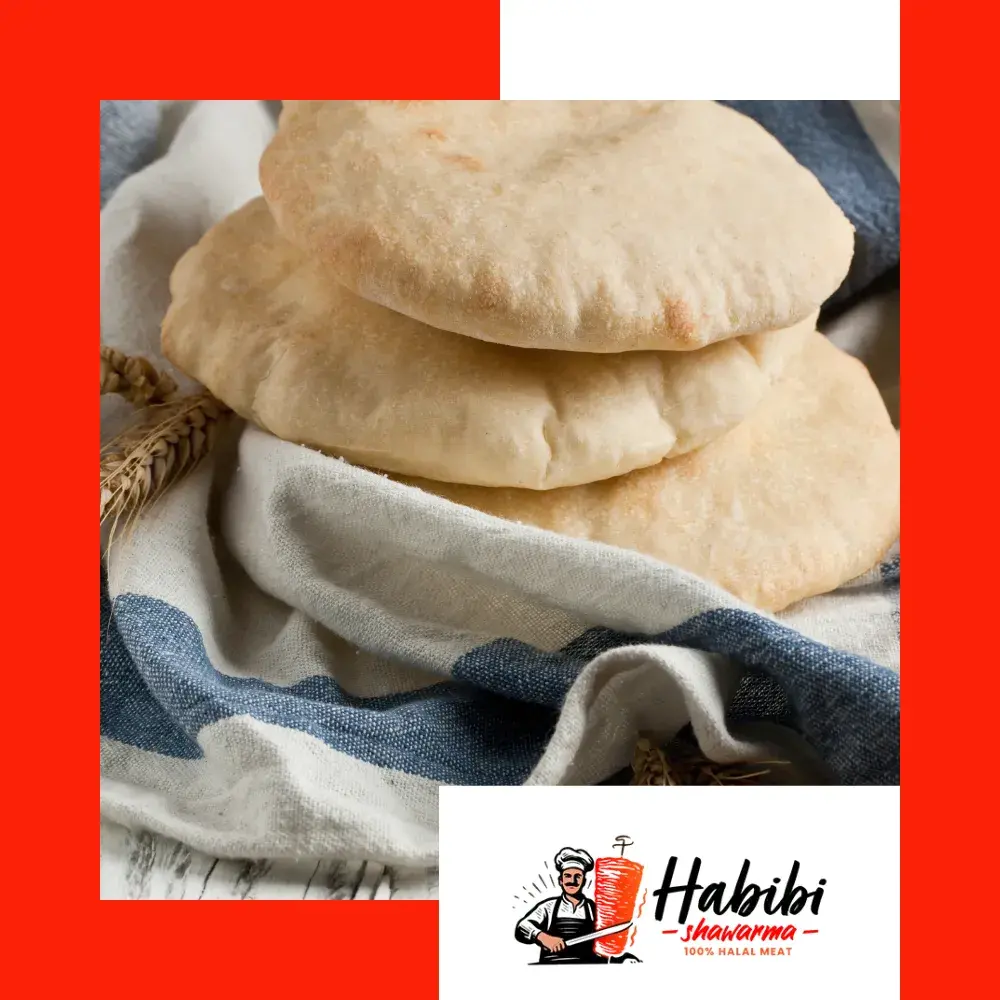The Origins of Pita Bread in Ancient Civilizations
Pita bread holds a place of honor in Middle Eastern culinary traditions, dating back thousands of years. Believed to have originated around 14,000 years ago in the Fertile Crescent, this flatbread emerged in societies that relied on wheat and barley, with early bread-making techniques developing alongside the rise of ancient civilizations. Through shared baking methods and the unique combination of flour and water, pita evolved as a central part of diets, eventually becoming a staple across various cultures in the Middle East and beyond. Its simple ingredients and versatility quickly made it a favored bread for numerous civilizations, symbolizing sustenance and community bonding.
Pita Bread in Cultural and Religious Contexts
Throughout history, pita bread has transcended mere nourishment, intertwining with cultural and religious practices in the Middle East. Its round, pocketed shape has held symbolic meanings in various traditions, symbolizing unity and sharing. For many families, breaking pita bread represents a gesture of hospitality and respect. In religious gatherings, it serves as a common offering and has been featured in important rituals and communal feasts. These traditions have transformed pita into more than a food; it represents the heart of many Middle Eastern customs, reflecting the deep-rooted values of togetherness and community.
A Culinary Staple with Unique Characteristics
What makes pita bread distinct from other flatbreads is its pocket, formed by steam when the dough bakes at a high temperature. This unique feature allows pita to be filled, making it an ideal companion for a variety of Middle Eastern dishes, from hummus to falafel. The bread’s versatility has contributed to its popularity worldwide, adapting to modern palates while retaining its essential qualities. Whether served warm or toasted, pita’s soft texture and neutral taste make it a perfect pairing for diverse flavors, enhancing the experience of Middle Eastern cuisine for people across cultures.
Pita Bread’s Global Influence and Modern Adaptations
As Middle Eastern communities spread worldwide, they carried the art of pita bread-making with them, introducing this ancient staple to new cultures. Today, pita bread is enjoyed globally, its preparation modified by various culinary traditions. In the United States, for example, it has become a popular choice for sandwiches and wraps, bridging cultural boundaries through food. From authentic recipes passed down through generations to innovative twists by contemporary chefs, pita bread continues to evolve while honoring its heritage, embodying a blend of history, culture, and adaptation. Its journey from Middle Eastern hearths to global kitchens underscores its enduring appeal and importance in the culinary world.
Learn More
The Role of Pita Bread in Middle Eastern Festivals and Traditions
The Role of Pita Bread in Middle Eastern Festivals and Traditions

